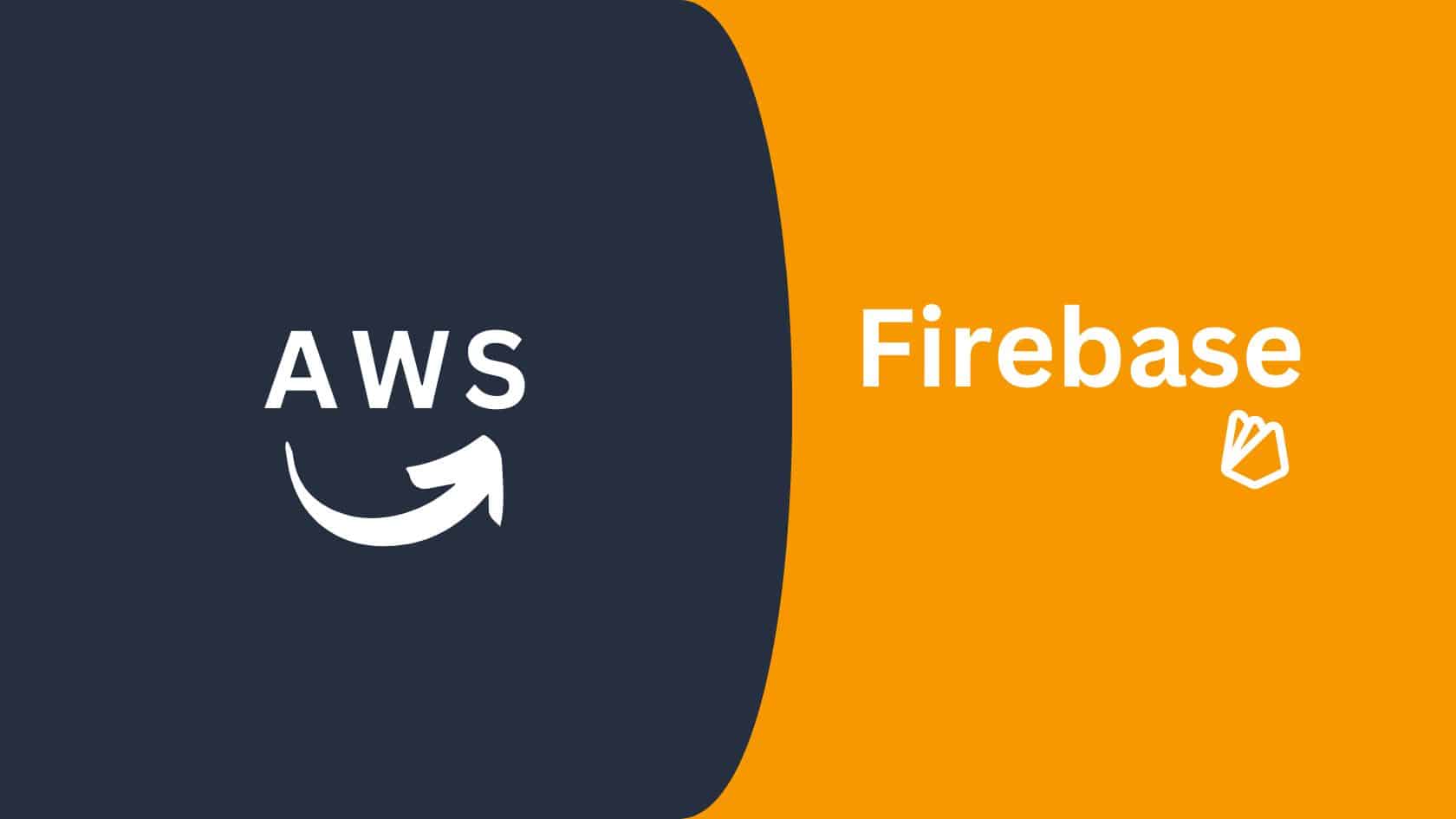When it comes to building mobile applications with Flutter, developers often face the decision of choosing the right backend infrastructure. Two popular options in this realm are Amazon Web Services (AWS) and Firebase. Both platforms offer a plethora of services tailored for mobile app development, but they differ in terms of features, ease of use, scalability, pricing, and ecosystem support. Here, we’ll delve into a detailed comparison between AWS and Firebase for Flutter development, helping you make an informed decision for your next project.
AWS vs. Firebase for Flutter Development
Features:
AWS boasts a vast array of services catering to different backend needs, including computing, storage, databases, machine learning, and more. Firebase, on the other hand, provides a comprehensive suite of backend services specifically designed for mobile app development. These include Firestore (NoSQL database), Firebase Authentication, Cloud Functions (serverless compute), Cloud Storage, Cloud Messaging (FCM), and more. While AWS offers a broader range of services, Firebase’s focused offerings are well-suited for mobile app requirements.
Ease of Use:
AWS is known for its robust features but can be daunting for beginners due to its complexity and steep learning curve. Setting up an AWS development environment and configuring various services may require substantial effort and expertise. In contrast, Firebase is designed for ease of use, with intuitive APIs and a user-friendly console for managing services. Its seamless integration with Flutter and straightforward setup make it a preferred choice for many developers, especially those new to backend development.
Scalability:
Both AWS and Firebase are built on highly scalable infrastructures, capable of handling large-scale applications and workloads. AWS offers auto-scaling features for many services, allowing resources to dynamically adjust based on demand. Firebase leverages Google’s infrastructure to provide high scalability and reliability, effectively managing rapid scaling and large user bases. Whether you’re expecting exponential growth or need to handle fluctuating loads, both platforms are equipped to scale with your application.
Pricing:
AWS follows a pay-as-you-go pricing model, with various pricing tiers and options for different services. While this provides flexibility, the multitude of services and pricing complexities can make cost estimation challenging. Firebase, on the other hand, offers a free tier with usage limits for many services, making it suitable for small to medium-sized projects. Paid plans provide transparent pricing based on usage, enabling developers to predict costs more accurately.
Ecosystem Support:
AWS boasts a vast ecosystem with extensive documentation, community support, and third-party integrations. It offers SDKs and libraries for various programming languages, including Dart for Flutter development. Firebase, meanwhile, enjoys strong community support with tailored documentation, tutorials, and resources catering specifically to mobile and web developers. Its official SDKs for Flutter and other platforms facilitate seamless integration and streamline development workflows.
Integration with Flutter:
Both AWS and Firebase offer SDKs and plugins for Flutter, enabling developers to integrate backend services seamlessly into their apps. While AWS provides comprehensive support for Flutter development, Firebase may offer more straightforward integration due to its focus on mobile app development. Whether you’re implementing authentication, data storage, or cloud functions, both platforms offer robust support for Flutter projects.
Security:
Security is paramount in mobile app development, and both AWS and Firebase offer robust security features to protect application data. From authentication and access control to encryption and compliance certifications, developers can leverage various security mechanisms to safeguard their applications. However, it’s essential to configure and manage security settings properly to ensure the integrity and confidentiality of sensitive data.
Conclusion:
In conclusion, the choice between AWS and Firebase for Flutter development depends on various factors such as project requirements, familiarity with the platforms, scalability needs, and budget constraints. While AWS offers a broader range of services and extensive customization options, Firebase provides a more streamlined experience tailored specifically for mobile app development. Whether you prioritize flexibility, ease of use, scalability, or cost-effectiveness, both platforms offer robust solutions for building high-performance Flutter apps. By evaluating the features, ease of use, scalability, pricing, and ecosystem support, developers can make an informed decision that aligns with their project goals and requirements.
Contact Sreyas IT Solutions if you need to customize your mobile app to increase its UIUX. User-friendliness and customer satisfaction are the goals that help us to create many global customers all around the world. Different IT-related services like web and mobile app development, customization, website designing, SEO, and many more are provided by Sreyas.







